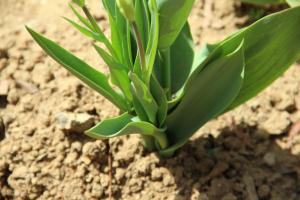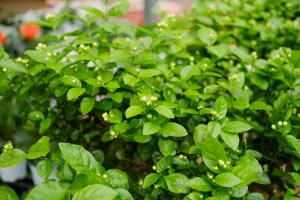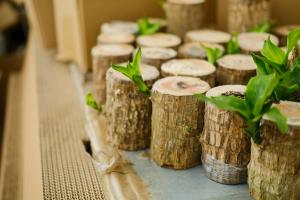Companion Planting: Can Tomatoes and Peppers Be Planted Together?
Companion planting is the practice of growing different plants together in order to provide mutual benefits. Some plants complement each other, while others compete or even repel each other. One common question among gardeners is whether tomatoes and peppers can be planted together, as they are both popular vegetables in the summer garden. The answer is yes, but there are some considerations to keep in mind.
Benefits of Planting Tomatoes and Peppers Together
Tomatoes and peppers are both members of the nightshade family, and they have similar growth requirements. This means that they can be planted together in the same bed or container without competing for resources. In fact, there are some benefits to planting them together, such as:
Both plants attract pollinators such as bees and butterflies, which can increase fruit set and yield.
Their root systems are different, with tomatoes having a deeper root system and peppers having a more shallow root system. This means that they use different nutrients and water, which can reduce nutrient depletion in the soil.
Peppers contain capsaicin, which can help deter pests such as aphids, spider mites, and thrips. This may also benefit the tomato plants growing nearby.
Considerations for Planting Tomatoes and Peppers Together
While there are benefits to planting tomatoes and peppers together, there are some considerations to keep in mind:
Tomatoes are heavy feeders, meaning they require a lot of nutrients to grow and produce fruit. If the soil is not fertile enough, both plants may suffer. It's important to amend the soil with compost or other organic matter before planting.
Pepper plants prefer slightly drier soil than tomatoes, so overwatering can cause issues for both plants.
Both plants may attract similar pests, such as tomato hornworms and flea beetles, so it's important to monitor for any infestations and take appropriate action.
Other Companion Plants for Tomatoes and Peppers
While tomatoes and peppers can be planted together, there are also other companion plants that can benefit both plants:
Basil: This herb attracts pollinators and can help repel pests such as whiteflies and aphids.
Marigolds: These flowers release a scent that can deter pests such as nematodes and whiteflies.
Nasturtiums: These flowers can attract predatory insects that feed on pests such as aphids and caterpillars.
Conclusion
Planting tomatoes and peppers together can be beneficial for both plants and can save space in the garden. However, it's important to keep in mind the specific needs of each plant and to monitor for any issues that may arise. By practicing companion planting, you can create a diverse and healthy garden that benefits all of your plants.

 how many times do yo...
how many times do yo... how many planted tre...
how many planted tre... how many pine trees ...
how many pine trees ... how many pecan trees...
how many pecan trees... how many plants comp...
how many plants comp... how many plants can ...
how many plants can ... how many plants and ...
how many plants and ... how many pepper plan...
how many pepper plan...
































